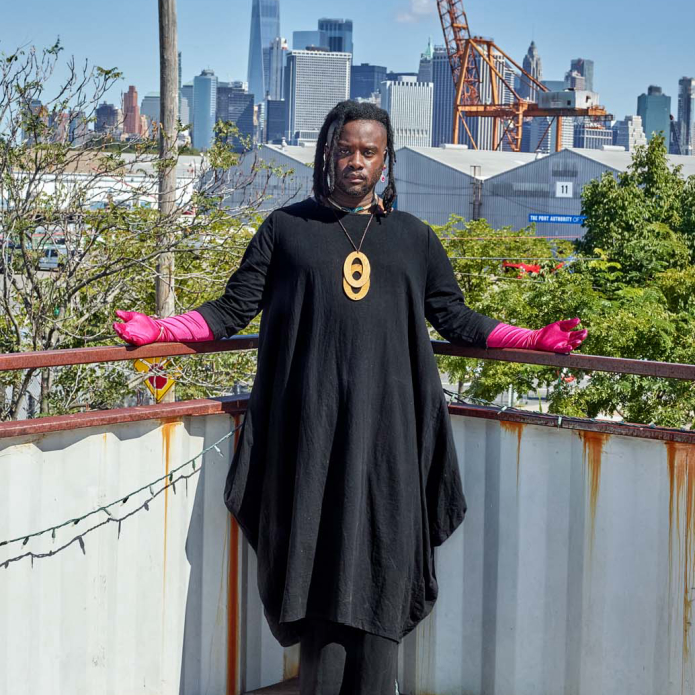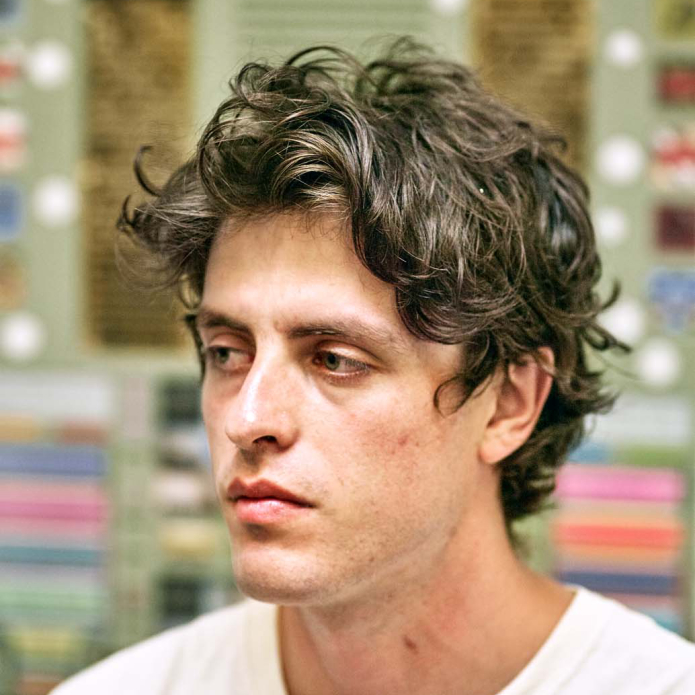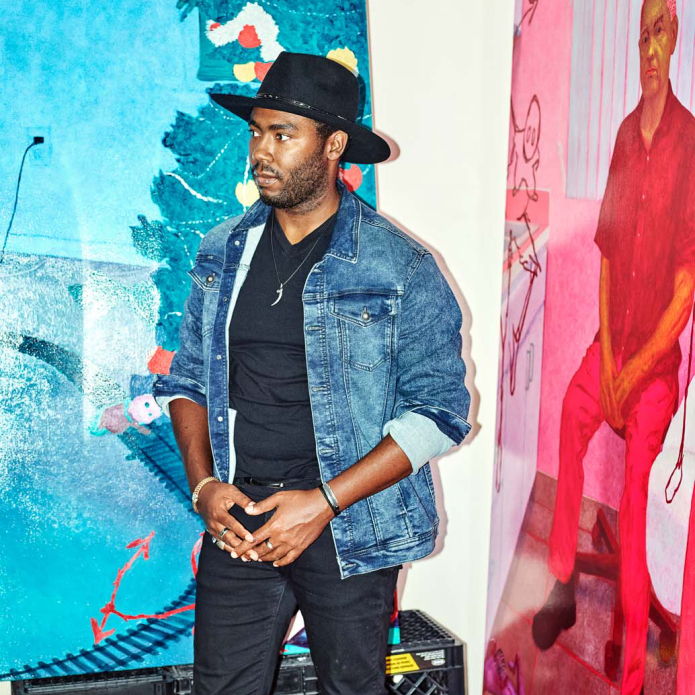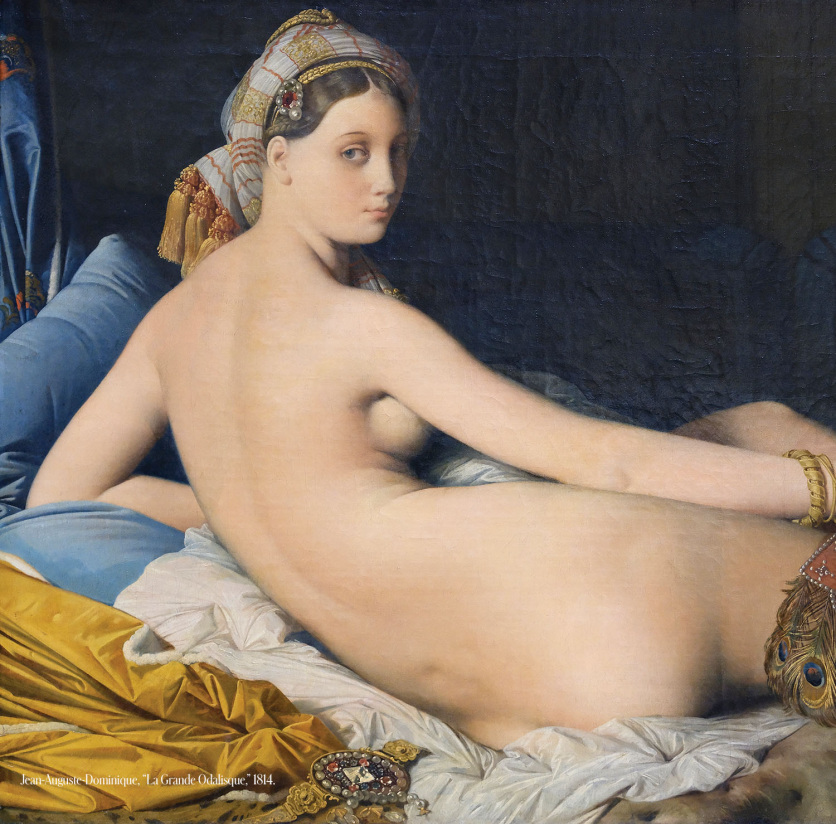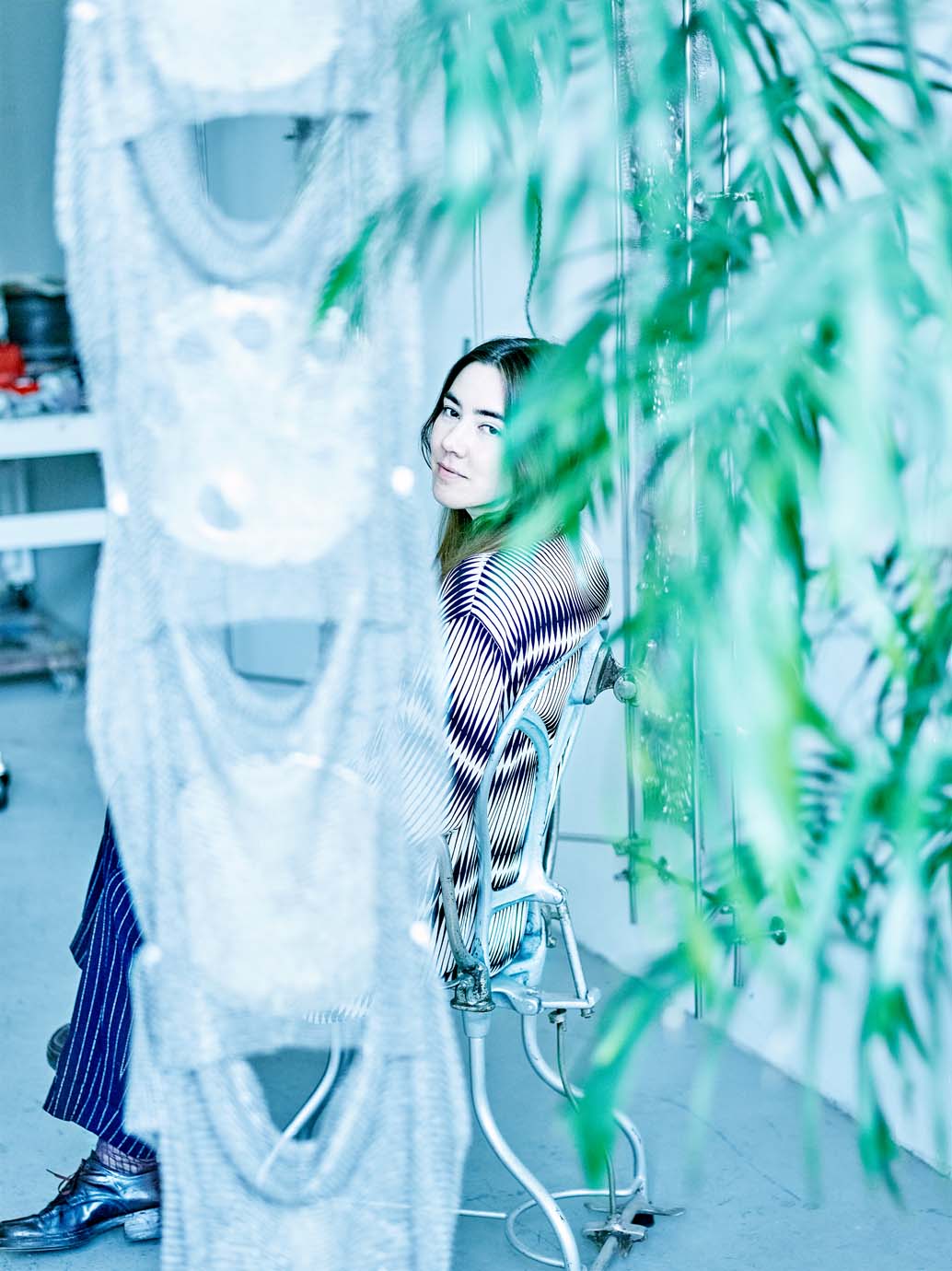
“I think science fiction is really interesting as a way not just to imagine the future, but to examine how we imagine the future. And that tells us about the present,” Elaine Cameron-Weir says while standing in her solo show, “strings that show the wind,” at JTT Gallery. She gestures toward the work: “But this isn’t a proposition for science fiction.” The cool, sensual beauty of Cameron-Weir’s sculpture is work for the twenty-first century—lustrous, electric, held together with chains, bolts and screws. Rather than an attempt at science fiction, her work can be thought of “as a system of inquiry.” Her newly amalgamated sculptural forms, often presented in pairs and in dialogue with each other, reassemble material history while subtly undermining our envisioned futures.
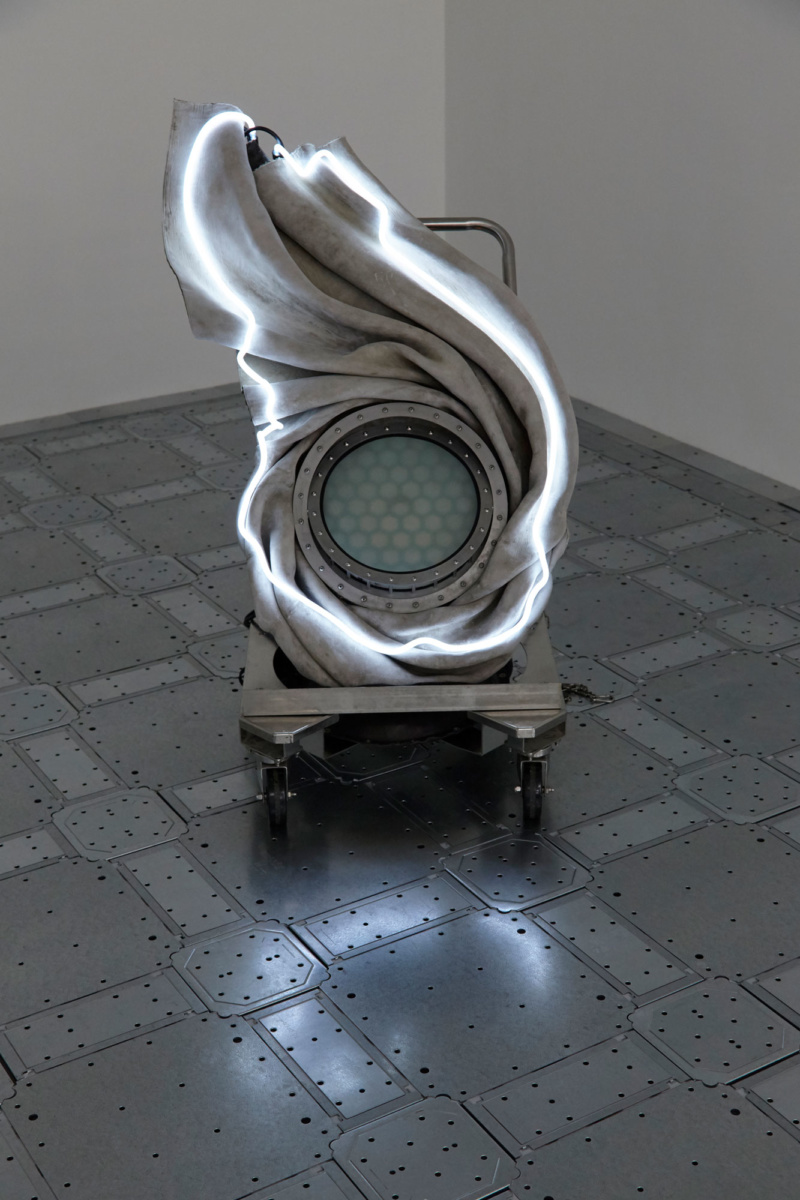
The titles Cameron-Weir assigns to works are equally as alluring and meticulous as her sculptural objects. She has a longstanding writing practice and 95% of her titles come from what she writes during the research for a show. At times stretching several lines long, they are not meant to disrupt the work but to broaden our understanding of what language can create, in the same way her sculpture reveals new uses for the natural and the manufactured, new ways of looking at the past. For the show at JTT, the titles are composed from the stanzas of a poem, printed in full in the press release. “It feels very vulnerable to place a poem next to your work,” she says, smiling. Yet vulnerability is not something that comes to mind when thinking about her practice. Cameron-Weir has long demonstrated a formal, aesthetic and conceptual rigor and has already had successful solo presentations at the New Museum, Storm King Art Center and Dortmunder Kunstverein. When pressed, she continues, “I hated having a picture of myself next to my work. Now, I feel less defined by my own image. I’ve gotten more confident in what I’m doing overall— that’s what’s translated into consistency.”

